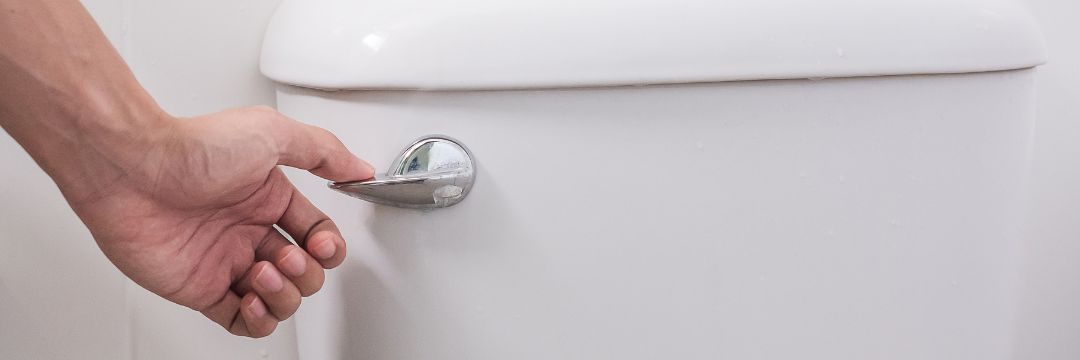
BPH, or enlarged prostate, is almost as common as aging itself. By the time the man reaches his 80s, about 90% of his friends will have BPH. It’s a select few that will never experience an enlarged prostate over their lifetime. This article is for patients to understand more about this condition, manage it best, and keep their urinary system healthy. So, with that, let’s discuss whether an enlarged prostate will ever become an emergency.
The short answer is yes; a very enlarged prostate can cause an emergency known as urinary retention. However, this is very unlikely; most patients seek urgent treatment before reaching that point. However, since urinary retention is not inconceivable, we have to mention the possibility.
Less Emergent Issues, but Still Concerning
While it may be comforting to know that it rarely becomes an emergency, there are plenty of other issues that BPH can cause, mild and severe, that make it essential to address BPH at its earlier signs.
- First is bladder damage and increased wall thickness because of extra urine being held in the bladder due to obstruction from prostatic enlargement. This is known as bladder decompensation. The bladder is a muscle that squeezes to push urine into the urethra and out of the body. However, the muscle can stretch and weaken if too much urine remains in the bladder. This may lead to the musculature’s decompensation and, ultimately, the inability to maintain a strong stream. Patients with these bladder concerns typically have a sensation of urine remaining in the bladder and never feeling satisfied after urination. In addition, patients may feel urgent or frequent urination, which can be a drag on their day-to-day lives, especially during social engagements.
- If BPH causes urine to remain stagnant in the bladder, especially when patients drink less water to avoid their lower urinary tract symptoms, there is an increased risk of urinary tract infections as bacteria proliferate due to the stagnant urine. Stagnant urine can also irritate the bladder, causing additional lower urinary tract symptoms and an overactive bladder.
- The above does not consider the general lifestyle issues associated with BPH. The obstruction caused by BPH typically creates lower urinary tract symptoms, some of which can be severe, that almost always impede the man’s enjoyment of life. Sports, social events, and romantic encounters all suffer from the concern that the symptoms will somehow embarrass them.
Many men do not realize how far BPH treatment has come over the past couple of decades. At one time, patients would have to choose between drugs like Flomax, which has side effects and limited effectiveness, or a surgery center procedure like transurethral resection of the prostate, which came with certain risks, not least of which was fertility issues due to a high chance of retrograde ejaculation.
The ubiquitous nature of BPH, however, has spurred amazing technological advancements. Today, a typical patient with an enlarged prostate has multiple minimally invasive in-office options that may last five or seven years before retreatment is needed. For those with relatively larger prostates, invasive surgical treatments are available with excellent outcomes and minimal risk. Indeed, one of the only things stopping a patient from getting rapid relief is making the first call to his urologist and getting an appropriate treatment plan.
The Bottom Line
BPH is ubiquitous, and most patients over the age of 50 or 60 should expect lower urinary tract symptoms as a result. However, patients do not have to suffer unaware of their options. Speaking to a qualified urologist at the first signs of voiding issues can save months or even years of symptoms and a compromised lifestyle due to the size of the prostate. Contact Dr. Natale to schedule an appointment.









